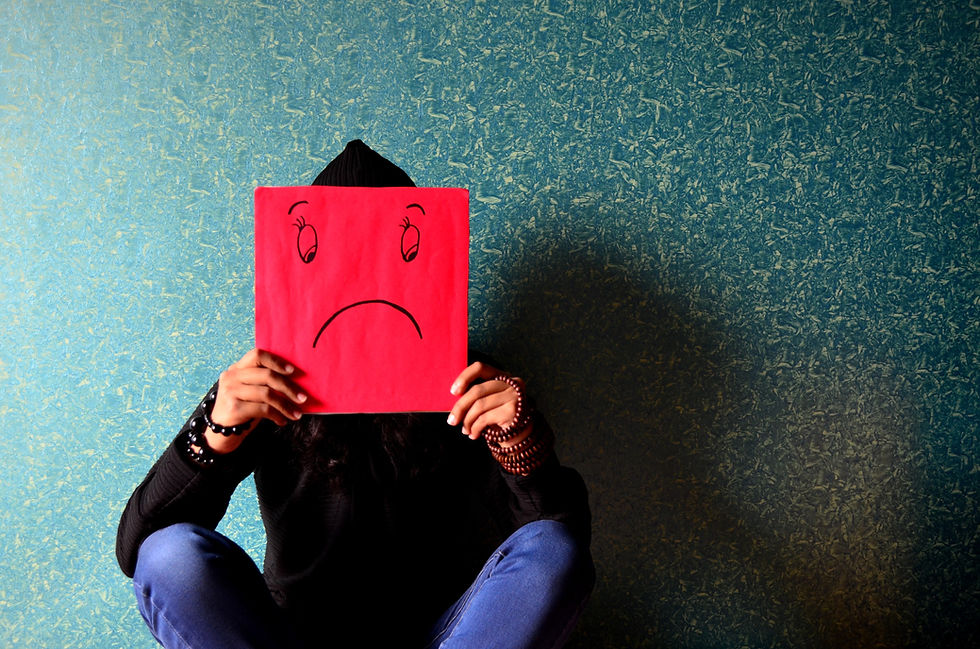The granola-pour felt different this time around. As I made my breakfast on a frigid Wednesday morning, my stomach curled as the hosts of the "Up Next" NPR podcast described a startling pattern of contextually connected suicides a year after the Stoneman Douglas High School shooting in Parkland, Florida. It's branded as a "suicide contagion," and although some mental health professionals cringe at the name, the term refers to the persistent increase in suicides after one particular suicide garners a considerable amount of media attention.

A suicide contagion, also known as the Werther Effect, can take place at the hyper-local level, as seen in the Parkland students who took their lives after the one year anniversary of the Stoneman Douglas High School shooting. They can also take place at an extremely large scale. According to the Washington Post, after Robin William's death in 2014, the media coverage was found "to be associated with a nearly 10 percent rise in the number of suicides in the United States in the five months that followed. . .that increase was especially large among men ages 30 to 44, whose suicide rate rose almost 13 percent. Even more significant was a 32.3 percent spike in the number of suicides by suffocation, which is how Williams died."¹
The causes of a suicide contagion are not well understood. Is media coverage of a suicide the root of the problem? Is it the fact that the suicide is covered in the media in the first place, or is it more of the matter in which the suicide is presented? And how significant is the identity of the first suicide victim?
A Path Towards Better Outcomes
These questions can be debated forever, but we can easily agree that the media should report suicide responsibly. The World Health Organization published a memo to the media community in regards to proper reporting etiquette². This is actually quite a good read if you have the time; the WHO states the should-be-obvious points, such as "reports [of celebrity suicides] should not glamorize the suicide" and "should not describe the method in detail." More intricately, the WHO also states that suicides should not be described in the media as one's inability to deal with "personal issues." Such reporting, whether it be from the news anchors themselves or from an interview with someone who knew the victim, downgrades the complex nature surrounding suicide and actually propels an immense amount of guilt towards family members who believe they did wrong by not addressing particular so-called "personal issues."
Pointing our fingers at major media outlets will only get us so far. We must not ignore the reality of the increasingly popular influencer market that fills the screens of the young and impressionable. We can scrutinize Fox News and CNN with ease, but how do we ensure that the fitness guru, Instagram model, and the video game streamer talk about suicide responsibly? That is a real question we must wrestle with.
Given its occurrence on a large scale but also on a hyper-local scale, we must continually ask questions about how mental health is addressed at the community level. How does a particular community respond in the immediate aftermath of a suicide? Do mental health experts have the resources they need to effectively respond to the all the mental health challenges a community might face after something so blistering as a school shooting? Let's be reminded how multi-faceted these problems can become: from survivor's guilt, to depression, PTSD, grief, dissociation, and anxiety among others. You can always "get the ball rolling" with more professionals available for mental health, but the ball can only stay rolling if the response is fortified to the necessary standard. We can start with affordable mental health care that the public actually knows about, including an annual mental health screening that is "covered by insurance" alongside your annual physical.
A "suicide contagion" sounds...quite bold. One of the biggest disservices we could possibly do for at-risk individuals is treating this phenomenon like it's something completely separate from well-known mental health issues. Preliminary research suggests that suicides stemming from the Werther Effect are nuanced----a function of improper media coverage multiplied by susceptible persons who fell out of medical oversight and the bonds of social cohesion far, far ago. The special part about a contagion, which in my opinion is a point that should be studied further, is the impulsivity of it all. Copycat suicides seem to peak in the first three days and level off after two weeks². Some may say it's a lost cause to analyze irrational thought, but we should strive to better understand the triggers. Do the contagion suicide victims use someone else's death as validation of their own thoughts? Are victims influenced by how the community responds to the first suicide? Unfortunately, the nature of the act prohibits our full understanding, but we can try our best.

I want to leave off on a positive note. I am more optimistic than ever in what this world can do in terms of reaching out to those living on the edge. Pop culture and mental health access are progressing. Supportive and uplifting songs can be streamed for free, and the effects can bewilder us. The rapper Logic dropped a hit song in 2017 called "1-800-273-8255," which urged people with suicidal ideations to seek out help. The titled phone number, which happens to be the National Suicide Prevention Lifeline number, received significant increases in call volume³ following Logic's MTV Awards Show performance and Grammy's performance. Furthermore, psychiatric services may be positioned to move mountains in the name of telepsychiatry, a medium of care that will allow psychiatrists to connect to patients remotely. There are still a lot of challenges that need to be ironed out, but the future looks better.
Ezra Guttmann is a medical student. Opinion on this website are of his only. There is no medical advice on this website.
Sources:
¹ https://wapo.st/2DrTGMi
² https://bit.ly/1lDgnga
³ https://cnn.it/2Du2scy
Comments